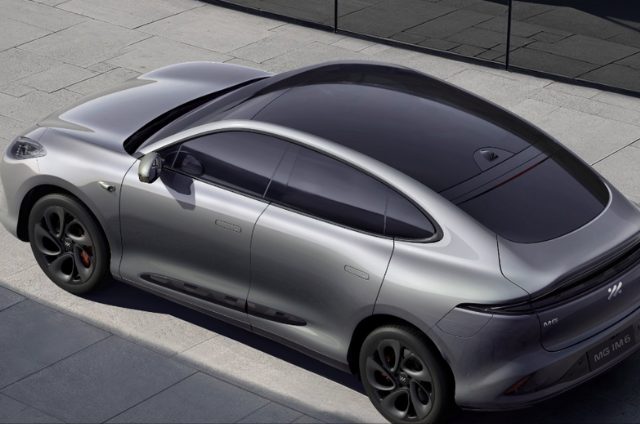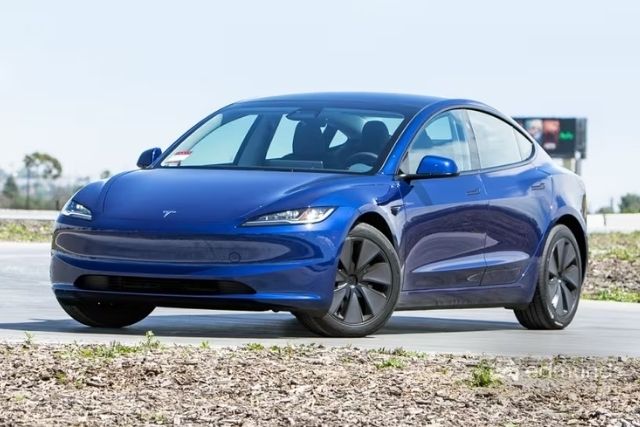The $7,500 federal EV tax credit is officially gone—and automakers are scrambling. With U.S. buyers no longer receiving government-backed discounts on electric vehicles, brands are being forced to rethink everything: pricing, features, and even entire product lines.
Stripped Features, Lower Prices
To keep prices attractive, some carmakers are now offering budget versions of existing electric models. These new trims often ditch premium features like powered seats, radio systems, or built-in driver-assist software.
It’s a clear trade-off: fewer perks in exchange for lower upfront costs. In some cases, these cost-cut models are arriving at nearly $5,000 below their previous entry prices. For buyers who value affordability over luxury, it’s a welcome option.
Deep Discounts and Dealer Tactics
Beyond cutting features, others are offering aggressive cash-back deals or working directly with dealerships to apply flexible incentives. One strategy gaining traction is mimicking the old tax credit by offering instant discounts at the point of sale—a workaround to recreate that lost government rebate feel.
According to industry watchers, these changes aren’t about chasing record sales. They’re about keeping the momentum going—and preventing a sharp post-credit slump.
EV Models Pulled from Production
Not everyone is pushing forward. A number of automakers are choosing to pause or cancel EV launches altogether, citing slower demand or shifting corporate strategies.
Electric trucks and SUVs, in particular, are being reassessed before they ever hit the lot. But some of these moves are temporary resets. A few canceled models may return—revamped, renamed, or repositioned for a tighter, leaner market.
The Road Ahead
There’s no single strategy. Some companies are slashing features. Others are offering bold incentives. A few are backing out of EVs—for now.
But the message is clear: post-tax credit, survival in the EV game takes more than subsidies. It takes speed, creativity, and a sharp strategy.



